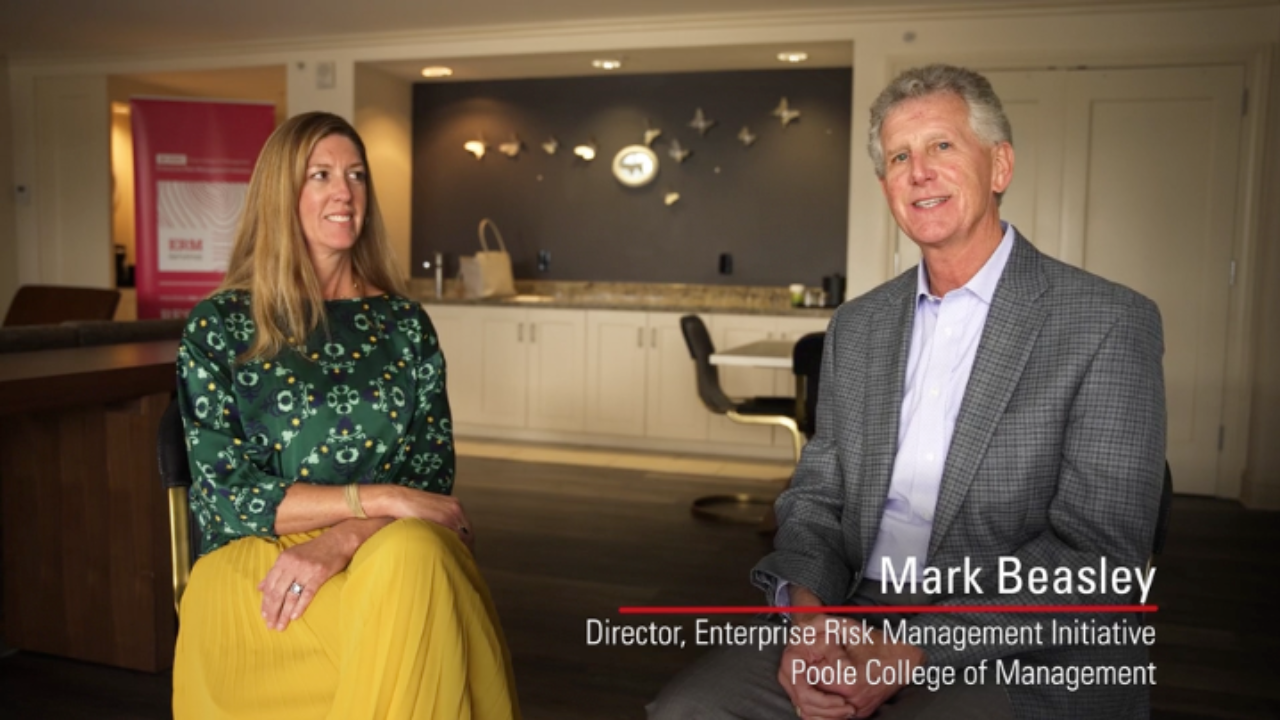Reputation Management
This article, authored by Jay Stuller, notes how reputation management is critical to organizations and it continues to grow more complicated. Companies in the past could earn reputations as good corporate citizens by making philanthropic contributions without significant alignment with a business strategy. Today, continuous access to information means companies are scrutinized nonstop by stakeholders and the general public. Furthermore, the current recession has caused trust in business to decrease dramatically. These conditions make companies increasingly vulnerable to reputational issues that can destroy market capital and viability. Organizations that are able to build and maintain trust are better able to meet reputational challenges.
Significant Investment in Reputation Justifies Need to Protect
A positive corporate reputation takes a long time to construct but can yield great benefits. Once a company has established an image of trustworthiness, quality, or reliability, those perceptions are not easily changed by a few incidents. Reputation capital is an intangible asset that can hold great value for a company. Reputation accounts for about 65 percent of an average company’s market value and can account for up to 95 percent of market capital for companies that are primarily brand driven. The portion of market capital related to reputation is important because reputation is often more at risk than physical assets and can be lost in an instant. Therefore, it is very important for companies to restore and maintain trust with their stakeholders.
Plans for Protecting Reputation
Reputation building and maintenance is rooted in the field of crisis management. Companies seeking to improve and maintain their reputation should emphasize measures to prevent emergencies of all types, including subtle soft issues. Senior management should proactively deal with soft issues and treat them as serious and important because they can damage reputation as severely as more readily apparent emergencies. Corporate governance is evolving to support this mindset as more executives are willing to consider how their actions might be characterized by outside observers. Reputation Institute studies find that senior managers already rank reputation damage as the leading risk facing their companies, yet fewer than half of those leaders say their companies have strategic plans in place to mitigate potential harm.
Through the mid-1990s top executives generally believed that securities analysts, along with customers and employees, were their most important stakeholders. There was also a belief that securities analysts were only influenced by their research and were not swayed by the advertising and press about a company. Research dispelled this belief showing that analyst reports included wording from advertising and press releases. Another factor that changed these beliefs was the prevalence of rankings and the clear benefits of being highly ranked on lists such as the most admired company or best place to work. Companies began to see the value in developing a good image and increasingly began to manage their reputations for a wider stakeholder base.
Managing Reputation
Branding remains a key driver in developing a good corporate reputation, but a company’s reputation is increasingly owned by consumers, the media, and other stakeholders. It is no longer a company’s job to own their reputation but to actively manage it. Companies are responding to stakeholder demands for corporate social-responsibility programs and are aware that the social and environmental impacts of company actions are being examined. Philanthropy is still a part of reputation management, though often it is more aligned to the business. Other ways companies can manage their reputations are by actively engaging in activities such as peer-to-peer communication and even by reaching out to opponents. All of these actions are referred to as the “reputing process” by the Reputation Institute, a process involving actions, initiatives, and communications that make a company relevant to stakeholders.
This abstract is based on the article by Jay Stuller, “How They See You,” posted on the The Conference Board Review, May/June 2009. For a copy of the article, please contact the Conference Board Review or the author.


